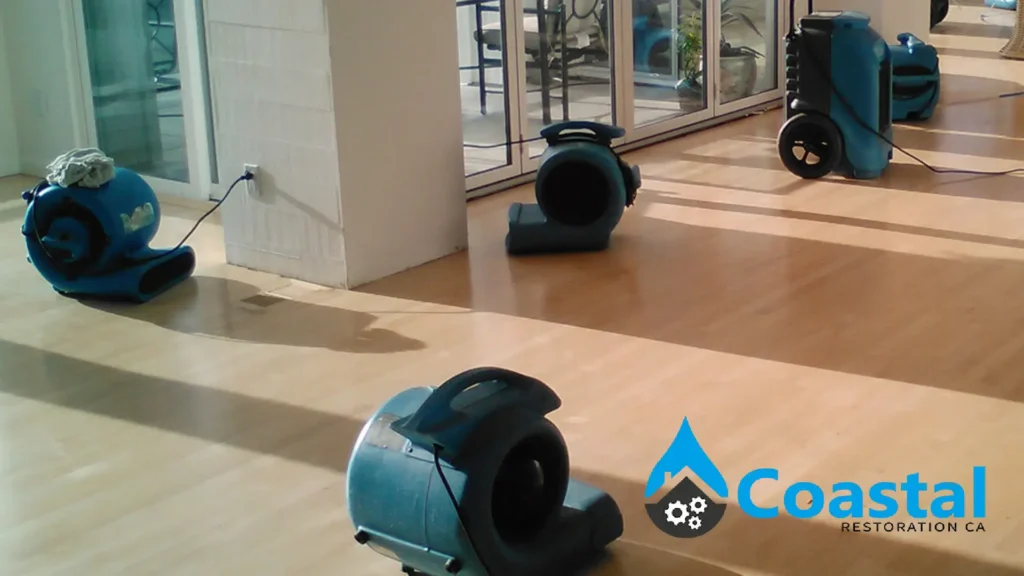When facing the aftermath of a flood, swift and strategic action is crucial to mitigate damages and restore your property promptly. Effective post-flood restoration begins within the first 48 hours, setting the tone for the entire recovery process. Here’s a comprehensive guide to the essential steps you need to take to ensure a successful restoration:
Assessing the Damage
The first step in post flood restoration is to assess the extent of the damage. Conduct a thorough inspection of your property, paying close attention to areas affected by water ingress. Look for signs of structural damage, such as warped floors, cracked walls, and sagging ceilings. Document the damage through photographs and detailed notes to facilitate the insurance claims process.
Water Extraction and Drying
Water damage restoration begins with the prompt removal of standing water from your property. Utilize pumps, wet vacuums, and other specialized equipment to extract water from affected areas. Once the standing water is removed, focus on drying out the space using industrial-grade dehumidifiers and air movers. Proper drying is essential to prevent mold growth and structural deterioration.
Sanitization and Decontamination
Floodwaters often carry contaminants and pathogens that pose health risks to occupants. Prioritize sanitization and decontamination efforts to ensure a safe and healthy environment. Clean and disinfect all surfaces, including walls, floors, and furniture, using EPA-approved disinfectants. Pay special attention to areas prone to mold growth, such as basements and crawl spaces.
Structural Repairs and Restoration
Once the affected areas are clean and dry, it’s time to focus on structural repairs and restoration. Address any structural damage promptly to prevent further deterioration. Replace damaged drywall, insulation, flooring, and other building materials as needed. Work with licensed contractors to ensure that repairs comply with building codes and regulations.
Preventive Measures and Future Preparedness
As you embark on the journey of post flood restoration, it’s essential to implement preventive measures to minimize the risk of future flooding. Consider investing in flood barriers, sump pumps, and waterproofing systems to safeguard your property against future water damage. Additionally, develop a comprehensive emergency preparedness plan that outlines protocols for flood response and evacuation.
In conclusion, the first 48 hours following a flood are critical for initiating the restoration process and preventing further damage to your property. By taking swift and decisive action, you can minimize downtime, mitigate losses, and restore your property to its pre-flood condition. Remember to prioritize safety, thoroughness, and efficiency in all your restoration efforts to achieve the best possible outcomes.
Learn more about Flood restoration:
Flood Restoration Demystified: What to Expect During the Cleanup Process

